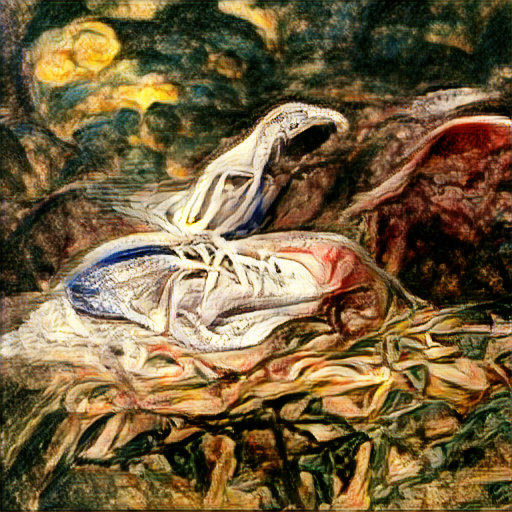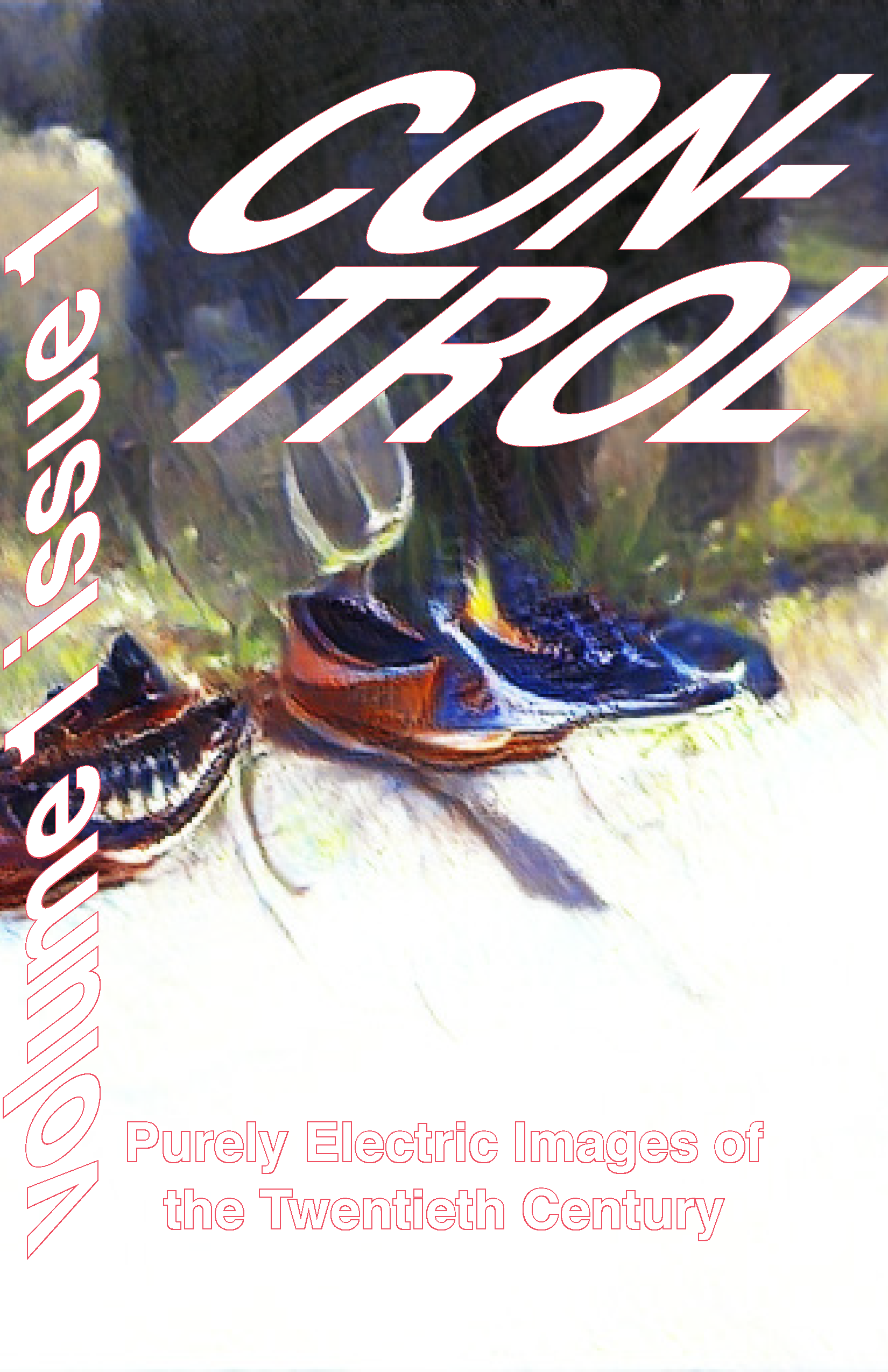
Chapter 7
CONTROL V1 a booklet about care.
“ Curiosity is a vice that has been stigmatized in turn by Christianity, by philosophy, and even by a certain conception of science. Curiosity is seen as futility. However, I like the word; it suggests something quite different to me. It evokes “care”; it evokes the care one takes of what exists and what might exist; a sharpened sense of reality, but one that is never immobilized before it; a readiness to find what surrounds us strange and odd; a certain determination to throw off familiar ways of thought and to look at the same things in a different way; a passion for seizing what is happening now and what is disappearing; a lack of respect for the traditional hierarchies of what is important and fundamental. ”
― Foucault, Michel. “The Masked Philosopher.” Ethics: Subjectivity and Truth. The Essential Works of Michel Foucault 1954-1984, Vol. 1. Ed. J. Faubion. Trans. Robert Hurley et al. Harmondsworth: Penguin, 1997. 325. Print.
This essay is about trust and care. It is about curiosity and exploration and sharing.
This project was like planting a garden, but a garden that exists in fast-forward. Time in this garden moves at speeds I don’t understand, generations of plants evolve before my eyes, brand new species blink in and blink back out, a wild unkempt thriving thing, out of my control, doing amazing things; beautiful and surprising without need for me. This project was made of the odd and the strange, it ignored traditional hierarchies, took the strange and made it stranger. It was made of curiosity. It is a true collaboration, in which I trusted that my nonhuman collaborator and me could make something worthwhile, and maybe great. I helped organize part of the network, made some connections, gave some directions (a lot of which were seemingly ignored), I did my part, and then I trusted the network.
This project is a combination of two major components. The first is a collaboration with a brand new generative art program that uses probably the most powerful machine learning language model currently available to the public (CLIP developed by OpenAi) to work with a text-to-image based GAN to produce images. The second part is the text outputs created in collaboration with the language model GPT-2 developed by OpenAi. The two machine learning generated components are then accessed by a javascript program that I wrote to generate unique versions of a booklet titled CONTROL V1 in Adobe InDesign.

The images in CONTROL were all created while experimenting with a new text-to-image GAN called Big Sleep, developed by Ryan Murdock. This type of generative text-to-image creation was leaps ahead of the previous models I had used, such as BigGAN or styleGAN (used in the Infinite Art Bot project). The use of the advanced language model that had been trained on a massive dataset meant that the images being generated (based on my prompts) in the generator side of the GAN could be tested against a much more refined detection network on the other side of that adversarial network. The power of these new models to generate the images I attempted to describe is incredible. It is still an act of trust in the network, and very much a collaborative creative mode. I describe the things I want to see, and the model creates inside a massive latent space of possible outputs. The GAN is creating a universe of variations in that space. The images we see are small patches of that vast ocean, following a single string through a near infinitely massive textile of impossible complexity.
The small community of machine learning based artists has taken to calling these descriptions “prompts” and the human artists writing them “prompt engineers.” Giving the model a text prompt such as “a motorcycle” might generate the following image. It might be a clearly depicted motorcycle or just as easily an abstract exploration of the ideas that might exist in the zeitgeist about motorcycles. Or it might show you the word “motorcycle.” The size and complexity of these models allow for suggestions to be made, but not directions. This is collaboration, it requires and creates a kind of curiosity with care and careful attention, a mode of making in which you can suggest and wait and trust the process, but you are not in control.









What I am able to bring to the network is a lexicon of descriptive language and a grasp of the history of graphic design that is slightly different than many other prompt engineers have access to. My prompts are of a different sort than those I’ve seen in the generative art discords; and what I’m looking for in the outputs also seems different. My initial experimentation with these new models was based on a series of prompts using the structure “A pair of running shoes in the style of X.” X, in this case, was the name of a famous person in the history of graphic design. The first name I tried was William Blake. Blake, in truth, is not a name I usually think of in the history of graphic design, but I chose him as my first prompt at 9:36 am on January 20th, 2021.

The text for the publication was generated using the language model GPT-2 developed by OpenAi and published in November 2019. The model is trained on a massive dataset (1.5 Billion parameters) to create text outputs that are very high quality. Given a prompt like “it was raining cats and” the model would very likely generate “dogs.” The longer and more complex the request, the more likely it is to break down and create a nonsense response. I used a modified version of the model that was given new text parameters to learn from. For the new training set, I used 15 years worth of content from the publication Design Issues. GPT models start with a prompt from an outside user and then generate the requested length of text starting with that prompt. For this project, I started with the prompt “Collaborations between tools and makers, between those with understood agency and misunderstood agency, between the designer and the designed objects,” and then after that used the last fragment of the previously generated text to prompt the next, over and over again.
The phrases, sentences, and paragraphs generated in this way are similar to the images the generative machine learning network creates. They are poetic. They have meaning because we might choose to find meaning in the words. They seem meaningful and are expressive of something, but always not quite right. They are alive with possibility and are often fantastic and cool. They are also outside of my understanding, and they often appear unintelligible. But within that gap of understanding of generated image and text is exactly the place where this collaboration makes space for creativity.
Some examples of generative text from CONTROL V1:
“Although the metaphor of progress involves the prevalent role of aesthetics, the art of the decorative arts movement and accomplishing a hollow graphic design.”
“This strategyform is simple: it is the primary impact on consumer action and a philosophy of design. In the practitioners, the concept of design and typography, the accompanime of something more efficient and destroyed.”
These mean nothing if that is what I want them to mean, but if I care, if we carefully attend to meaning making, if we trust that our collaborators are princesses and not dragons, that our creative network is greater (bigger, richer) than we might assume it to be, that we are maybe part of something that is happening right now, that is strange and odd and curious, than we might find meaning and value in this unexpected place.
I wanted to present this content in a manner that also expressed my interest in letting go of control, that explored a trust of the network, and that showed care. A traditionally laid out two-page spread with a scalar grid system was the antithesis of how I wanted to approach this. I wanted to ignore traditional hierarchies of what is important and fundamental in the creation of this booklet. I wanted to get as far away from the detail work, that I think is used to enact our control, as possible.
To create the final outputs, I wrote a javascript program that starts by creating a half-letter sized booklet (I picked this size for pragmatic reasons around cost and ease of output), then sets new margins for each page, and creates new versions of the various paragraph styles to apply to the content in various ranges. The title size is different for each new creation, while the main body paragraph is modified in each paragraph. Each page may have a randomly selected image from the “A Pair of Running Shoes by X” project placed randomly on the page. Each paragraph can change in text size, location, character spacing, and rotation. The folios slowly move down the pages at various velocities. Each booklet is unique with each running of the program.
Ideally, this booklet is “viewed” in the manner of an artwork, or maybe a design/art zine. The content can be unclear, the intentions maybe obscured somewhat, but hopefully engaging in a fashion and enjoyable to explore, if not read cover to cover.
Metaphors about the ocean seem to fit machine learning well. The size, the unknown/unknowable, the attempts at mapping, the narrow ways in which we might understand it, these all help me to think about the core concepts of AI. I find particular clarity in a project like this when understood through the metaphor of surfing. Surfers must have a knowledge about how to read the water, understand the meaning of a specific waves crest, shape, and speed, to scan the surface, and make guesses at what is happening below the surface in order to surf. The surfer interfaces with the ocean at its surface and near the shores; they dip in and out and are raised and dropped, pushed and pulled by the water. They work with the ocean, never in control of anything other than themselves, always interpreting and responding to this huge and fundamentally unknowable thing, in collaboration. There is no hope for them other than to work with the ocean, they can’t make it do anything. They have fun, and they look cool. This is not what the ocean exists for, but it is an exciting way to collaborate with its vastness. This is what I imagine myself to be doing when I dip into creative practice, collaborating with the ocean of potential making that is GPT-2.
The end.
︎︎︎︎︎︎︎︎︎
Next
Chapter 8 — Speculative Anthropology.